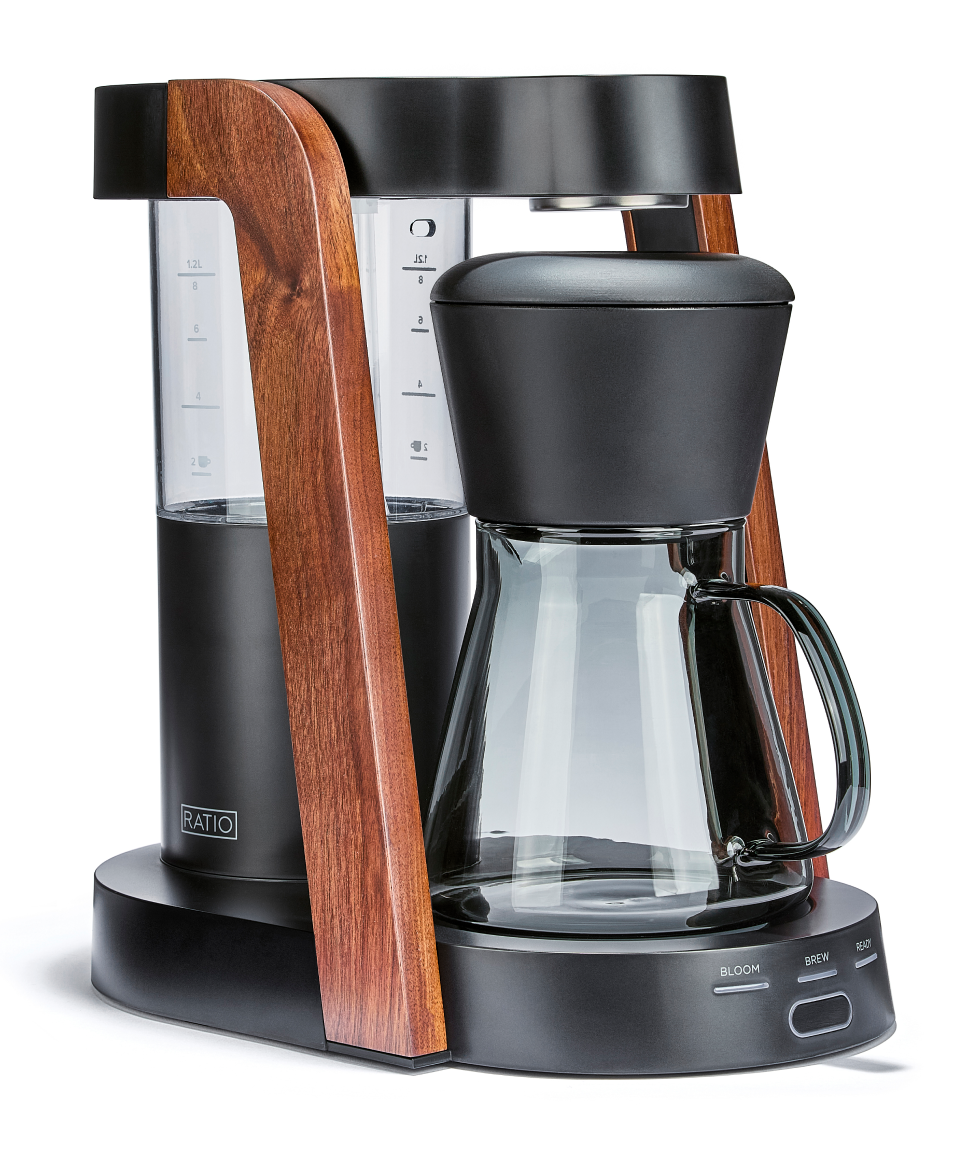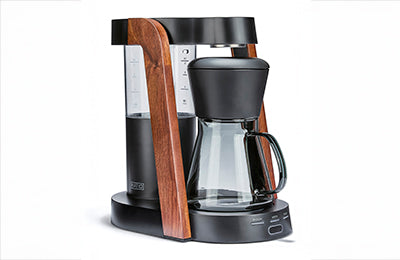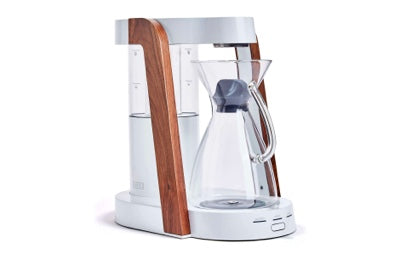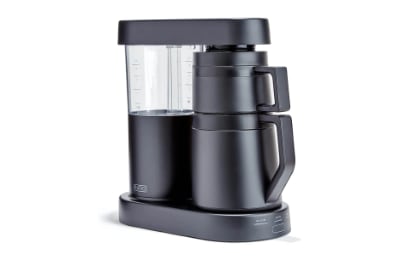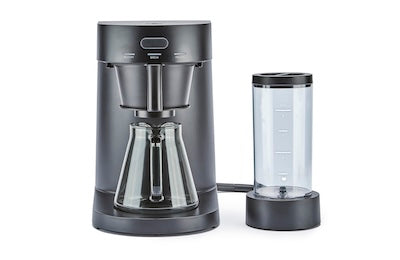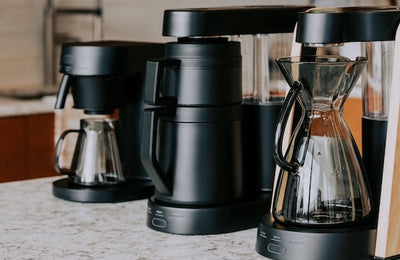How to Spot an Under-Extracted Coffee Without Fancy Tools
You don’t need a refractometer or lab setup to know when something’s off in your coffee. In fact, one of the most common brewing mistakes — under-extraction — reveals itself clearly in taste, appearance, and even how your coffee feels on the tongue. All it takes is a bit of observation.
Under-extracted coffee happens when water doesn't pull out enough of the soluble flavors from the grounds. What you’re left with is a cup that’s often sharp, sour, or hollow — not the rich, balanced brew you were aiming for.
Here’s how to spot it, understand why it happens, and how to fix it.
What Is Under-Extraction, Exactly?
Coffee is made up of hundreds of compounds, and as water flows through the grounds, it extracts them in stages:
-
Acids and fruit notes come first
-
Sugars and sweetness follow
-
Bitters and deeper flavors come last
If you stop the extraction too early — whether by using too coarse a grind, brewing too fast, or cutting the brew short — you only get the first wave. That’s what makes under-extracted coffee taste sour and unbalanced.
Common Clues That Your Coffee Is Under-Extracted
You don’t need instruments. Just pay attention to the sensory cues:
-
Sourness dominates: Not bright acidity, but an unpleasant sharpness
-
Hollow flavor: Lacking sweetness, depth, or balance
-
Dry finish: The taste disappears quickly, leaving the palate dry
-
Pale color: In espresso or pour-over, the liquid may look lighter than usual
-
Fast brew time: If your pour-over or espresso finishes too quickly, under-extraction is likely
What Causes Under-Extraction?
Several factors can lead to under-extraction. Most of them are easy to spot and fix:
-
Grind is too coarse: Water passes through too quickly, missing flavor compounds
-
Brew time is too short: You cut off extraction before it completes
-
Water temperature is too low: Ideally around 195–205°F (90–96°C)
-
Bad pouring technique: Uneven saturation causes some grounds to extract and others to stay dry
-
Too little coffee: Not enough solubles to extract in the first place
Fixing any one of these can dramatically improve your brew.
Simple Fixes to Try
You don’t need expensive gear — just a methodical approach:
-
Grind a little finer: Smaller particles slow water flow and allow more contact time
-
Extend your brew time: Slow your pour or wait longer before plunging (French press)
-
Use hotter water: Just off-boil is a safe target
-
Stir or swirl: Ensure even saturation, especially in immersion methods
-
Check your ratio: Stick to about 1:16 coffee to water as a starting point
Make only one change at a time so you can taste what’s working.
Taste Clarity Starts With Paying Attention
When you learn to recognize under-extraction, you become a better brewer — even without fancy tools. It sharpens your sense of what balance tastes like and teaches you how to course-correct by feel.
The goal isn’t perfection. It’s awareness. Because once you know what sour, hollow coffee means, you’re empowered to fix it.
When Your Brewer Supports Better Extraction
For those who want quality without constant adjustment, using a well-engineered brewer can help avoid these common mistakes.
Ratio Coffee machines are designed to optimize bloom, water distribution, and extraction timing — all the things that contribute to a well-balanced cup. That means less worry about manual technique and more consistency in the final flavor.
You Don’t Need Gadgets to Brew Better
Tasting is your best brewing tool. You can spot an under-extracted coffee with your senses alone — no meters, no guesswork. Just attention, understanding, and a willingness to adjust.
With a little practice, every sip becomes feedback. And every cup becomes better than the last.
Frequently Asked Questions
What does under-extracted coffee taste like?
It tastes sour, sharp, or hollow — with little sweetness or balance.
Can water temperature affect extraction?
Yes. If the water is too cool, it won’t extract enough from the grounds. Aim for 195–205°F (90–96°C).
How do I fix under-extraction?
Try grinding finer, using hotter water, or increasing brew time. Make one change at a time and taste the difference.
Is under-extraction the same as weak coffee?
Not always. Weak coffee can also come from using too little coffee. Under-extraction refers to the brewing process, not just strength.
Does Ratio Coffee prevent under-extraction?
Ratio Coffee brewers are designed to minimize user error by ensuring even saturation, proper bloom, and precise water flow — all of which help prevent under-extraction.
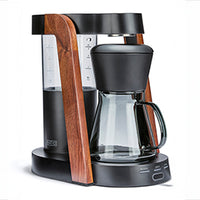 Ratio Eight S2
Ratio Eight S2
 Ratio Eight Original
Ratio Eight Original
 Ratio Six
Ratio Six
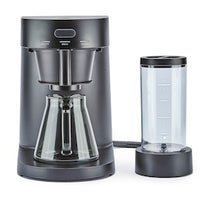 Ratio Four
Ratio Four
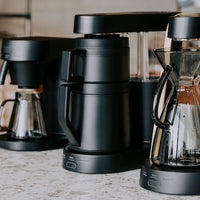 Compare Machines
Compare Machines
